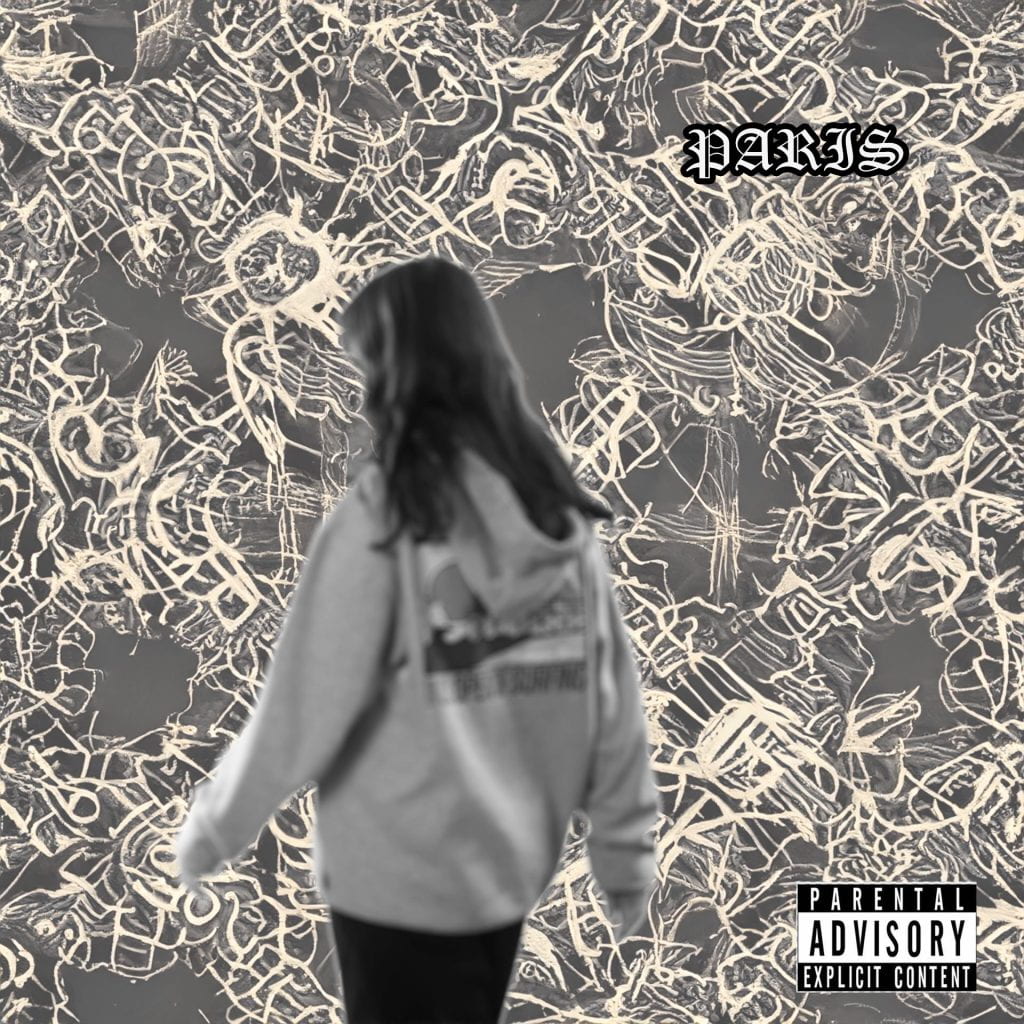

artificial intelligence is used to help improve the world in so many different ways today, even if you don’t realize it. AI allows computers to do things that would normally require true human intelligence. Instead, we can now rely on artificial intelligence to complete tasks. Many different photo editing software utilize AI technology to do anything from adjusting exposure and contrast, all the way to digitally removing noise or sharpening your image. There are quite a few different ways your digital camera may use AI technology. Most of which you probably don’t even realize are happening in real time. Portrait photographers love the ability for the camera’s autofocus system to instantly recognize the face of their subject. Many cameras go a step further, using AI technology to instantly snap the focus to either the left or right eye of the subject. Some cameras may even allow you to change from human facial recognition to animals or birds. Artificial intelligence has been around for a while to help photographers be more efficient and capture better images. In years past, photographers have used AI to help enhance the capabilities of their cameras, or even to help edit their photos automatically. As AI has become more accessible and fine-tuned, open-source AI technologies have come to market. Many websites (such as deepai.org) offer AI Image Generation. This allows you to create images simply by typing a few words. There are also many apps that allow you to do the same. Usually, you’ll put in a text prompt. The prompt can be as simple as a couple words, or as complex as a paragraph. There is certainly a lot to know and many different ways you can use AI in photography. As you can see, artificial intelligence serves two main purposes in photography — to speed up your workflow, or to enhance your images.
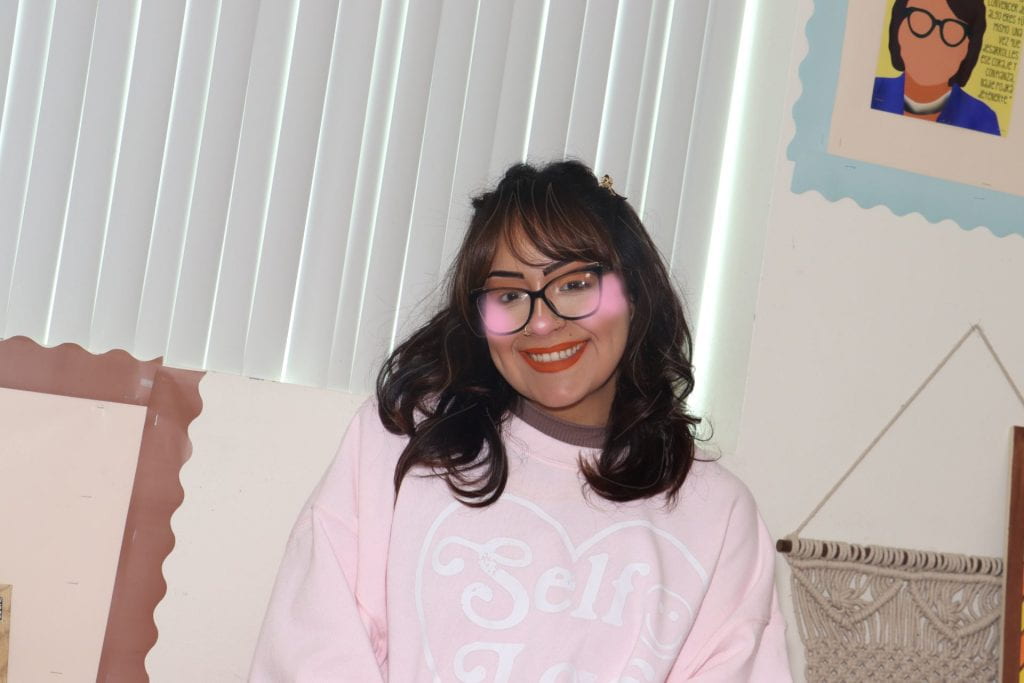
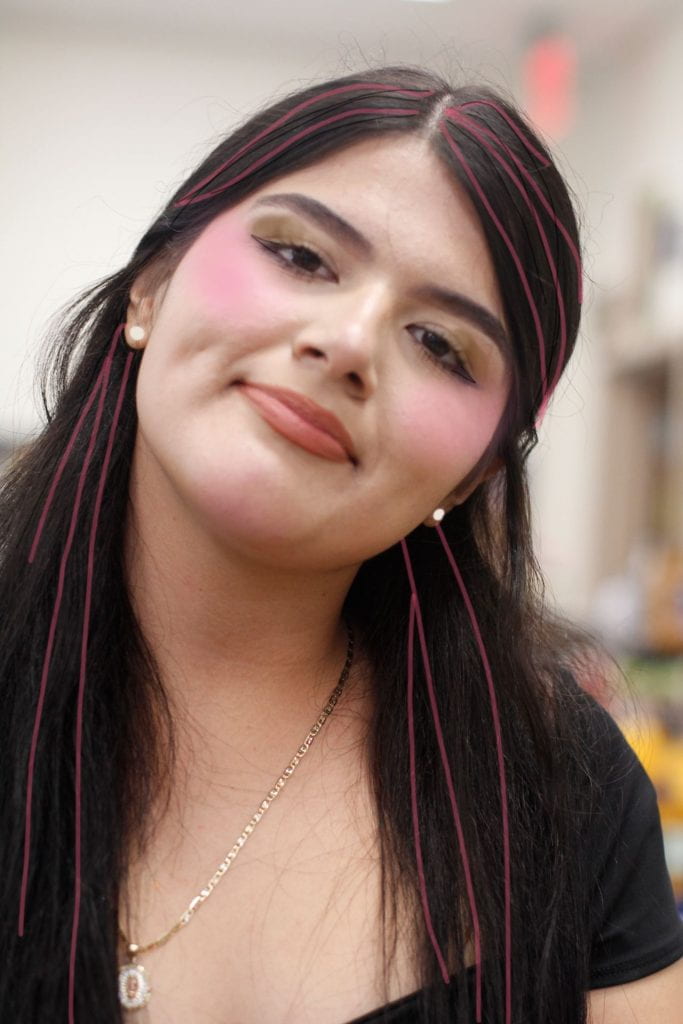
5 tips for coloring on photo:
-don’t use high opacity
-use different colors
-put hardness on the brush low
-be funny
be creative.
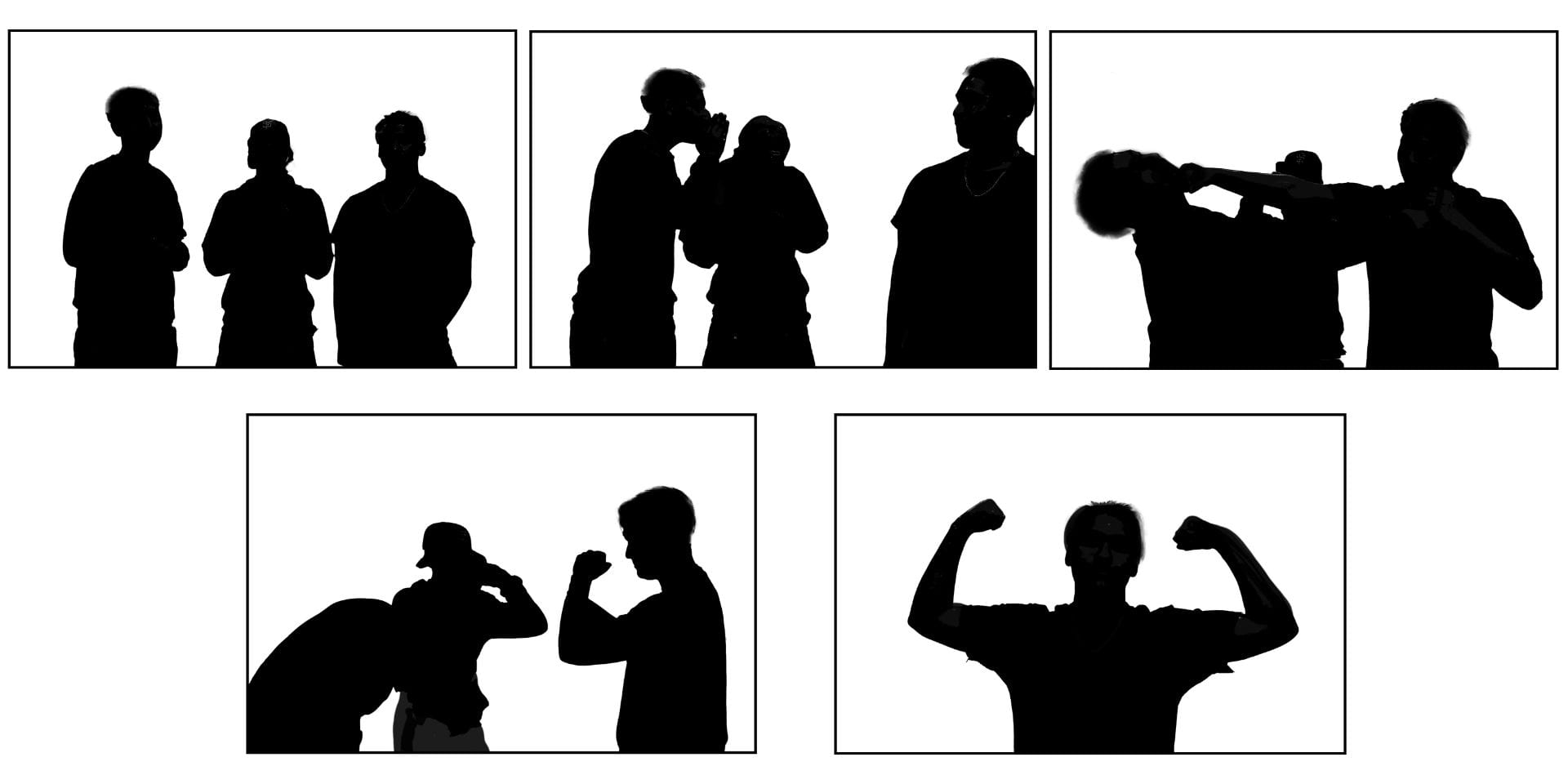

A blue aura can mean a variety of things, but in general, it tends to mean its holder is calm, confident, intuitive, and has excellent clarity in communication.
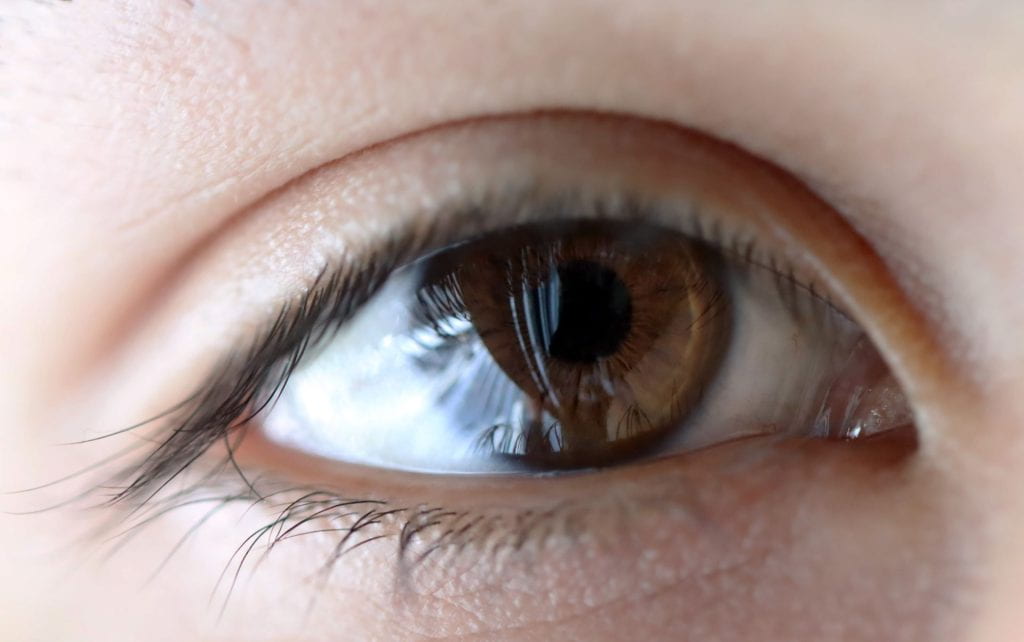
Up-close, eye, light, brown, lashes, clear, emotion, speaks, thoughts, open minded
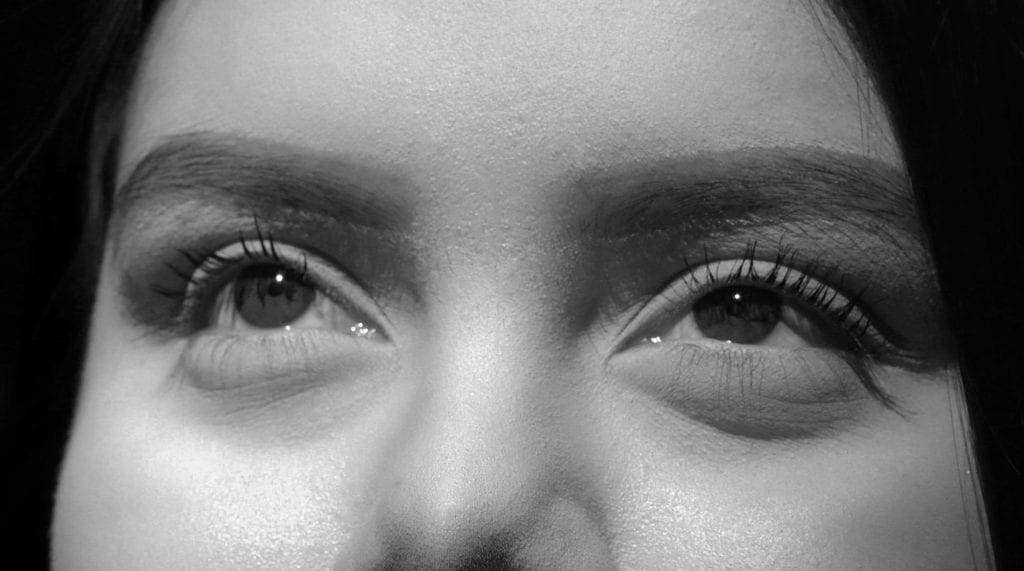
thoughts, black and white, eyes, sunlight, beauty, emotion, lashes, brown, up-close

side profile, lashes, nose, colored eyes, clear, beauty
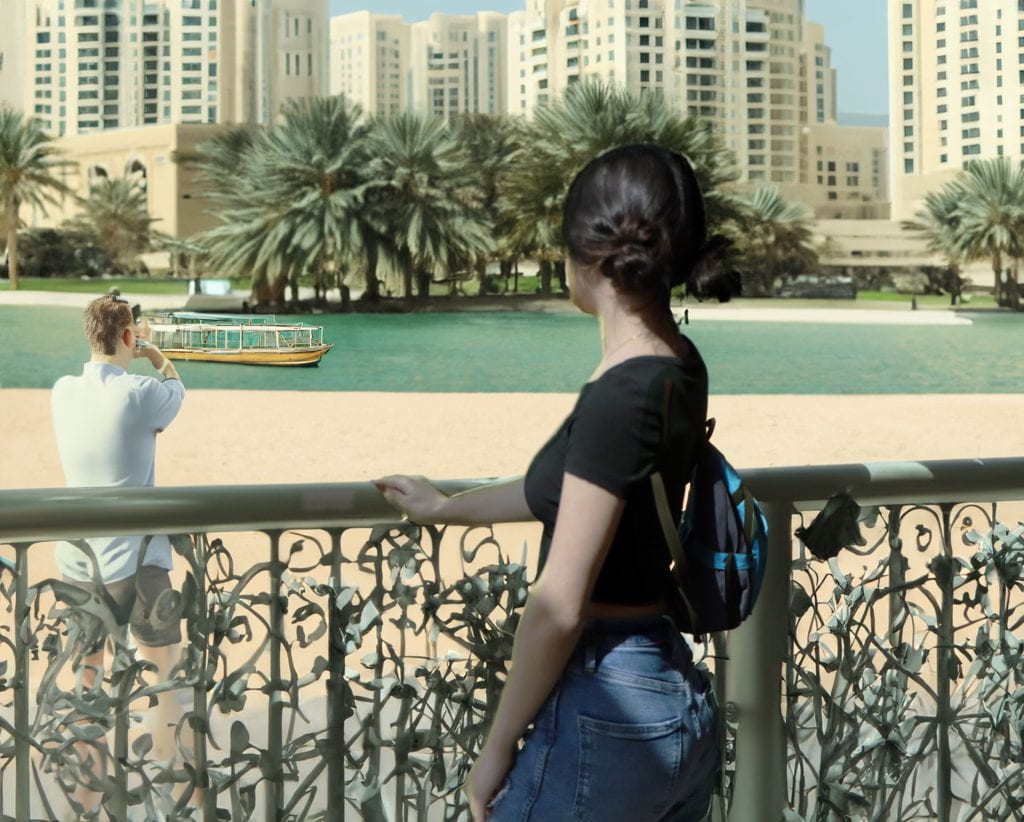
I would like to go to Dubai because of the beautiful views they have looking out through the balcony’s.
The video primarily focused on discussing various aspects of photography, highlighting its ability to establish connections with individuals beyond mere visual representation. It emphasized that photography goes beyond capturing images, as it has the power to encapsulate moments, emotions, and various other elements. This underscores the notion that photography encompasses more than just pictures. A quote from this ted talk is “To be a great photojournalist, you have to have more than just one or two great photographs in you. You’ve got to be able to make them all the time. But even more importantly, you need to know how to create a visual narrative. You need to know how to tell a story.”
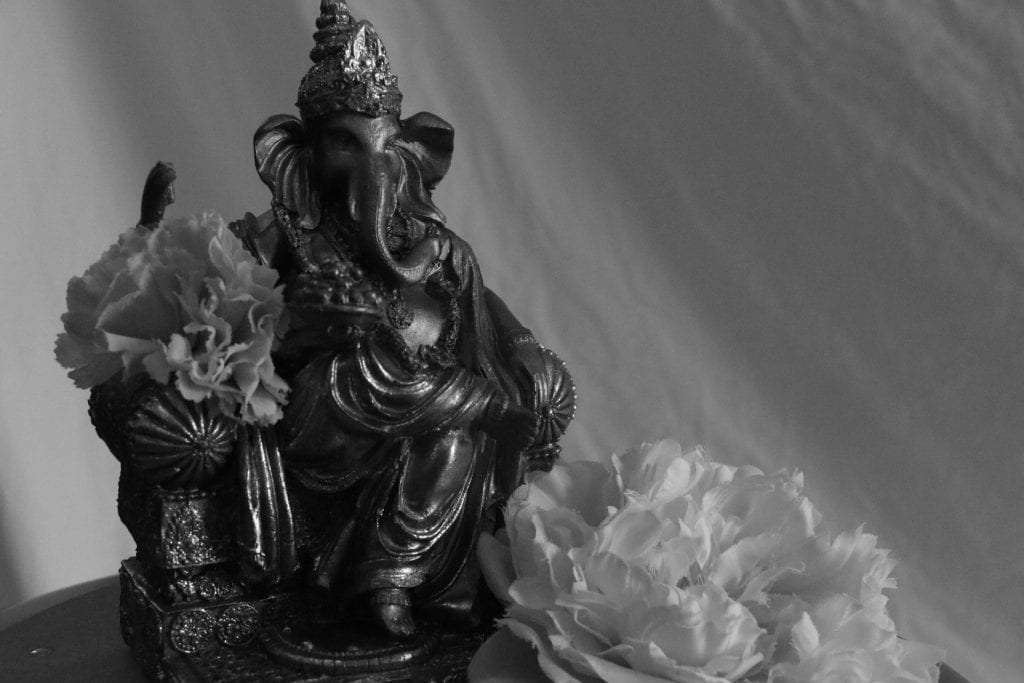

Black and white presents interesting creative problems. The world looks different in black and white, which means that you can think about tone, texture, and light in new ways. In fact, when you remove color, the emphasis of an image naturally shifts to other compositional elements. Certain images that look great and black and white won’t look good in color, which means that you’ll have a whole new set of photo opportunities to contemplate. A color photo depicts the world as it really is – whereas black and white photos only show a version of reality, one that seems more interpretive and creative. A color image will often include datable elements – but in black and white, these features may be much harder to place.
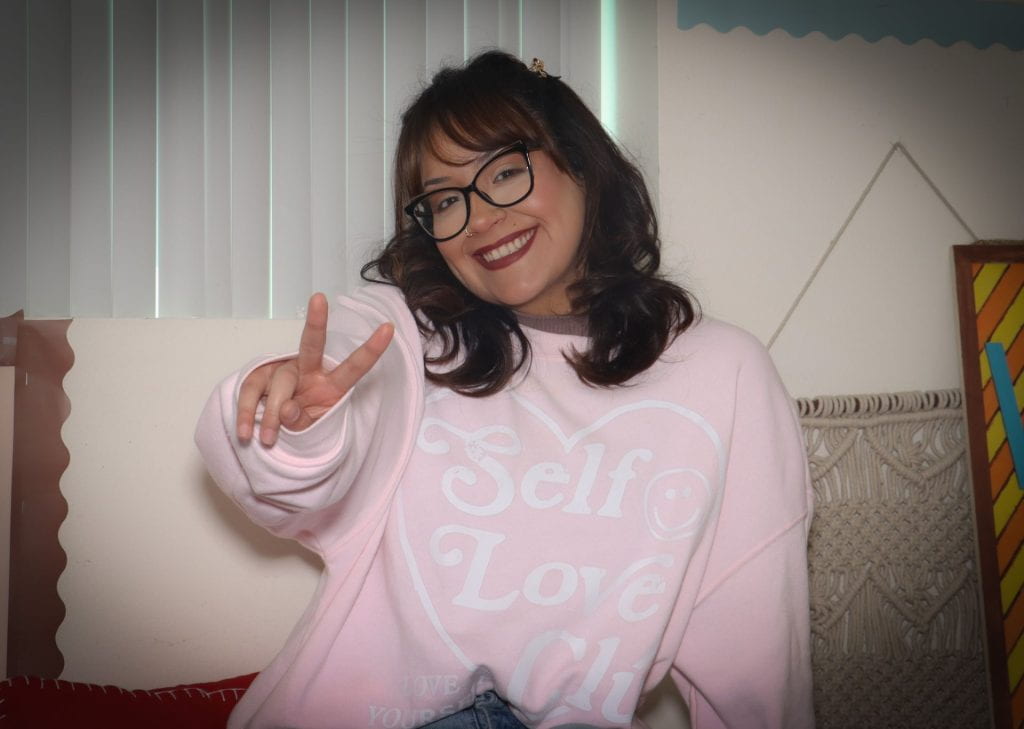
Not only do i like my teacher but i also like the many engaging activities we do in that class. When a teacher does engaging activities, it really motivates a student to do something and to be a part of the class. Currently in this class we had a goal by the end of the month, like a competition with other classes. And whoever had the most tally marks on the white board at the end of the month she will bring us food, one of my classes top votes was Wingstop. So far period 2 is in the lead which is my class. So hopefully by the end of today we win and next week get our treat. Having little things like that keeps students locked in and focused.